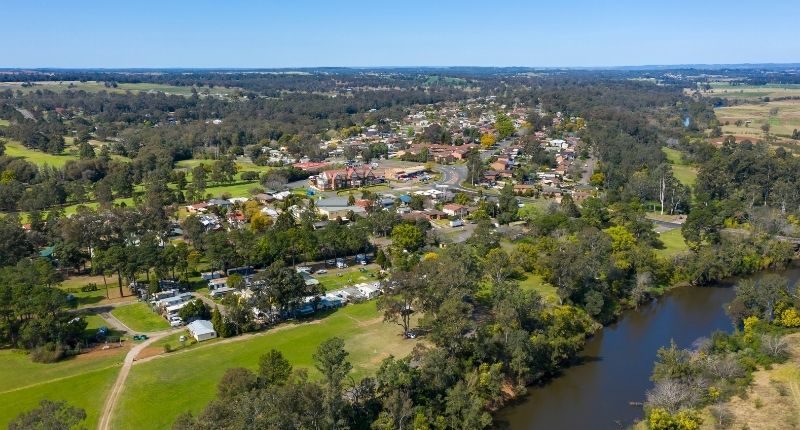- Growth rate across the 25 largest non-capital city regions has slowed from a peak of 6.6% in April 2021
- Was 4.7% during the three months to April 2022
- Median dwelling values in Geelong are similar to Melbourne's
Despite outpacing capital cities due to low listings and sustained buyer demand, the tide has begun to turn for regional property markets, with a recent cooling of regional markets
CoreLogic’s latest Regional Market Update shows that the growth rate across the 25 largest non-capital city regions slowed from a peak of 6.6% in April 2021 to 4.7% during the three months to April 2022.
The latest analysis shows that dwelling values across these regions increased by 23.9% during the year to April, outpacing the 14.6% increase recorded by the combined capital cities during the same period.
Tim Lawless of CoreLogic said there are many reasons why growth has continued, albeit at a lower rate, in regional markets as opposed to Sydney and Melbourne.
“Although demographic data is significantly lagged, anecdotally we are still seeing strong demand for regional housing supported by high internal migration rates,” he said.
“The high level of demand is supported by estimates of home sales, which were tracking 20.1% above the previous five-year average over the three months ending April 2022.
“It seems many employers across the relevant industries have implemented permanent hybrid working arrangements for staff which is likely to be supporting the stronger demand trend across regional Australia.”
Tim Lawless, CoreLogic
While comparison doesn’t always hold true between capital city counterparts and nearby regional areas, Newcastle and Lake Macquarie do have median dwelling values about $250,000 lower compared to Greater Sydney.
Similarly, Illawarra region’s median dwelling value is $143,000 lower relative to Sydney. Geelong’s dwelling values are just $5,350 cheaper compared to Melbourne with Ballarat $203,000 lower than Melbourne.
Hunter Valley excluding Newcastle remained the strongest non-capital housing market, with an annualised growth rate of 34.3%, marginally above Southern Highlands and Shoalhaven (33.3%).
“We are likely seeing worsening affordability pressures limiting the rate of growth across the Southern Highlands and Shoalhaven, where the quarterly rate of growth has reduced from 9.7% late last year to 5.6% over the most recent three month period,” he added.
“Across the Hunter Valley region the median value of a house is still well below $1 million implying less dampening pressures from worsening affordability.”
Across the New England and North West region in New South Wales, the median time on market was 46 days, the slowest-selling region for houses.
In terms of regional markets, Launceston and North East region in Tasmania saw a 30.9% increase during the 12 months to April 2022, the highest of the unit market.
In terms of stock, the number of homes available across regional Australia is more than 40% below the five year average, and 20.5% below the same time a year ago. Sales activity is currently 20% above the five year average.
“These conditions favour vendors over buyers. Buyers in tightly supplied housing markets are probably feeling a bit rushed in their decision making process and will generally have little opportunity to negotiate on the advertised price,” added Mr Lawless.
“Arguably some regional markets will be somewhat insulated from a material downturn in housing values due to an ongoing imbalance between supply and demand.”
“We are continuing to see advertised stock levels remain extraordinarily low across regional Australia and settled sales activity looks to be holding firmer relative to the capitals.
“A lot will depend on regional migration patterns and we expect the demographic trends to continue favouring regional housing markets, especially those regions with some lifestyle appeal within a few hours’ drive of the major capitals,” concluded Mr Lawless.








